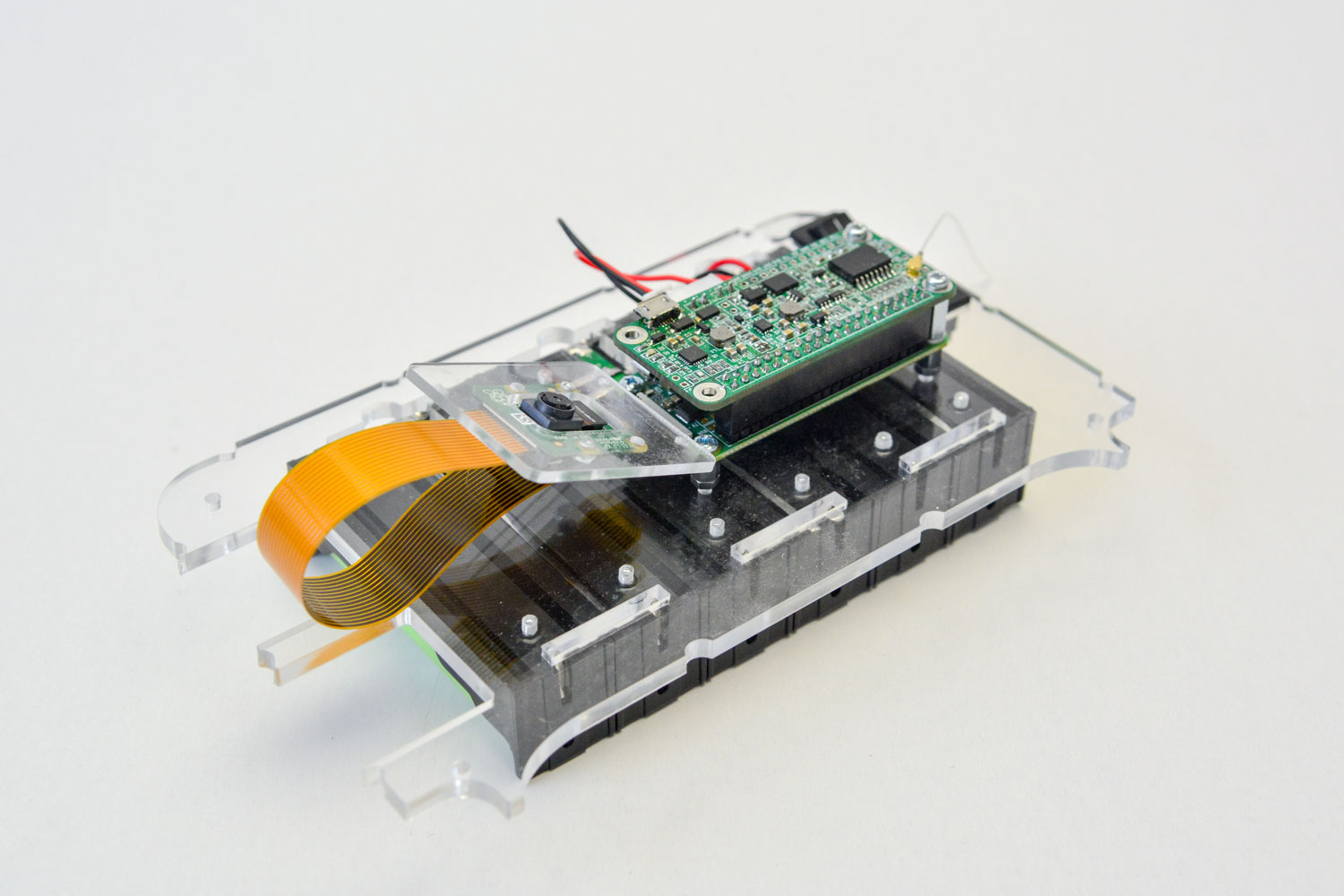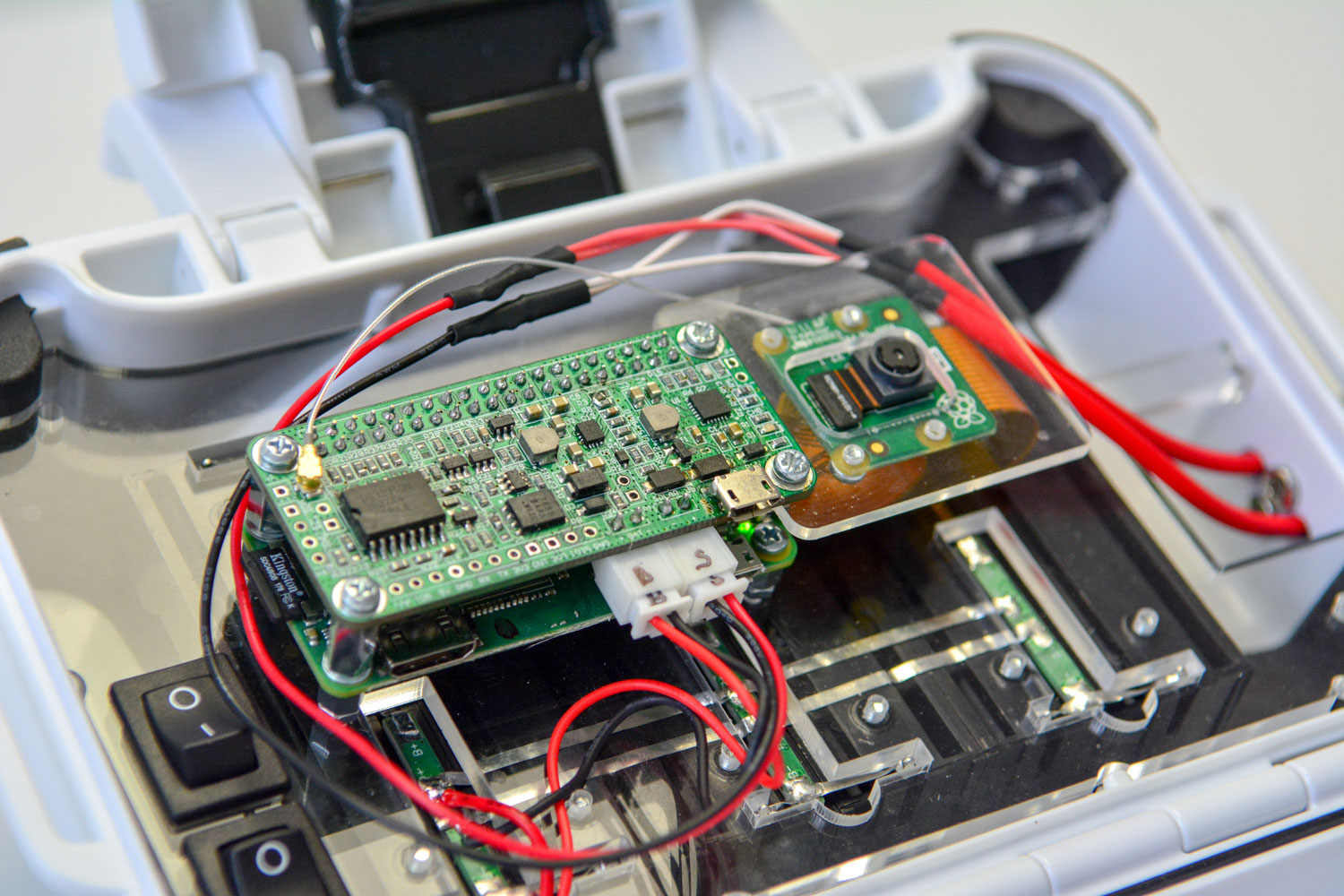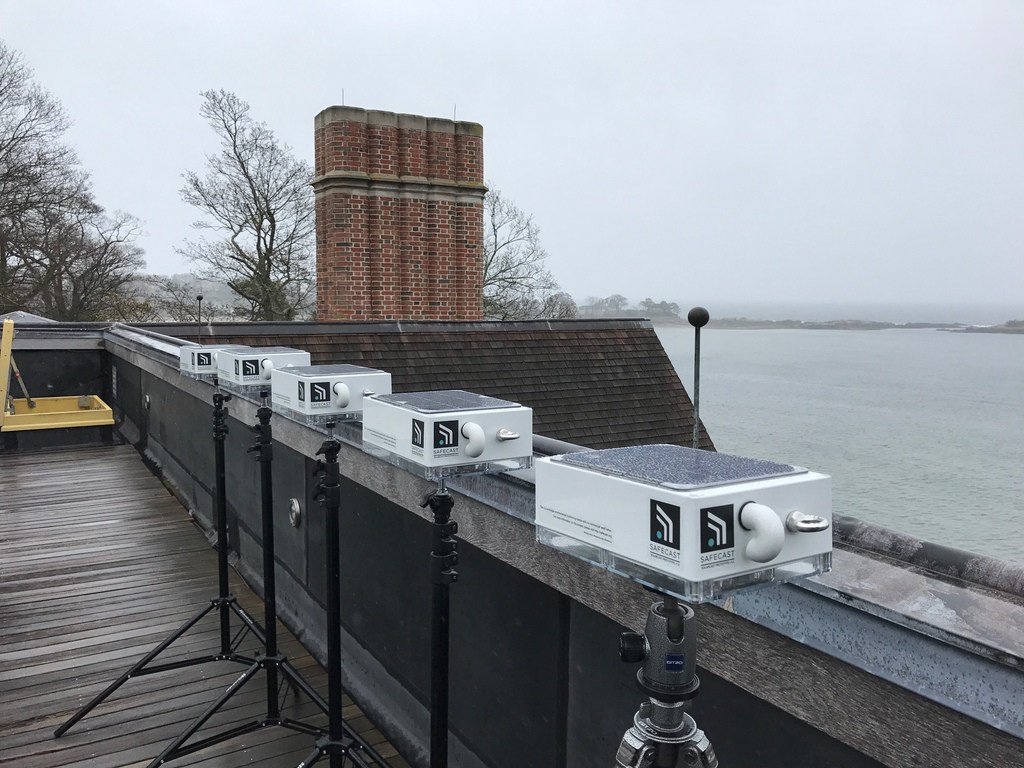Development, Manufacturing and Consulting
Our conservation IoT technologies systems development, manufacturing and consulting includes:
1. charging
2. battery monitoring
3. high current power output
4. power scheduling
5. battery protection
6. standard LiPo cell usage
7. RTC and timer for wakeup
Github

At Institute IRNAS we work with a range of leading experts in various field and are constantly challenged to develop customized solutions in short periods of time. PiRA Zero has been designed as a solution for ourselves, but has since grown into a more widely useful system that is by following best open hardware practices enhanced and expanded with every project.
Development time and costs are significantly reduced by using this tested and constantly improved open hardware design, allowing for idea to prototype batch time to be under a month. PiRA Zero thus enables everyone to be very responsive to the needs and quickly implement an optimized and verified solution.


1. Prototype development and test batch construction (0-10 units): Combine existing modules on one of the existing motherboard designs to best suit the required application and complete the design in minimal time.
2. Application specific mainboard (20-100 units): Use existing modules on a custom developed motherboard for the particular situation to best integrate a proven solution for your application.
3. Fully integrated solution (100+ units): Use the existing open hardware design to create an unified circuit board with the features combined in application specific setup.
PiRA Zero is designed as a HAT to fit on top of the Raspberry Pi Zero. It uses RTC and timer for power saving mode. PiRA Zero is typically used with two LiPo battery cells in parallel. Multiple Charging options are available, and the user can choose between USB charging, which is compatible with wireless qi chargers, and solar 6W panels in parallel. It also features High current FET output for connecting power hungry devices as GSM and Satellite.
PiRA Zero consists of the following range of modules:
Provides the interface between a power source and the single cell battery.
Charging:USB charger: Designed to charge via a standard microUSB.
Solar charger: Designed to charge from a solar cell with MPPT.
Useful output for various applications:
Fixed regulator: 5V/2A
High-side switched battery output: 10A+
Battery charge controller
Many IoT devices operate in very low power regimes for majority of the time, while intermittently requiring significant amounts of power, such when using 2G or 3G module modems, power hungry sensors or actuators. This requires a low standby power consumption, which is under 100uA of total battery drain with active 3.3V output in PiRA and up to 10A current delivery to the load through MOSFET controlled output module.
PiRA v1 is used in Safecast Solarcast devices as a standalone module that is dropped in with batteries included. Solarcast main board has been significantly simplified as only the application specific features were implemented, regulated voltage outputs and power switching is provided by PiRA.

Using RaspberryPi microcomputer and WiFi router is due to their cost-effective and widely supported range of features becoming more significant in industrial sensing applications. Due to the power constraints in off-grid deployments however powering these devices can represent a challenge. PiRA with a processor installed enables smart scheduling of these loads based on voltage levels, external sensors or other inputs and can significantly prolong the battery life.
PiRA v2 is used in AAMP camera devices for off-grid solar operation in the jungle. Based on ambient light, PIR sensor and other inputs it calculates when Raspberry Pi with a camera should be turned on and then in regular intervals powers up a 5GHz long-range WiFi router to upload the captured information. PiRA processor used in this application is ESP8266 with built-in WiFi and using ESPEasy firmware one can simply configure the scheduling through a web interface in a matter of minutes and deploy the application as well as optimize it on-site or remotely.
The modular design of the system is very crucial for this particular deployment, because every feature is a standalone module, one can in a matter of seconds replace them and service any potential problems in the field, recombine modules for a new application or re-use them if new motherboards are developed for a different application.


Our conservation IoT technologies systems development, manufacturing and consulting includes: